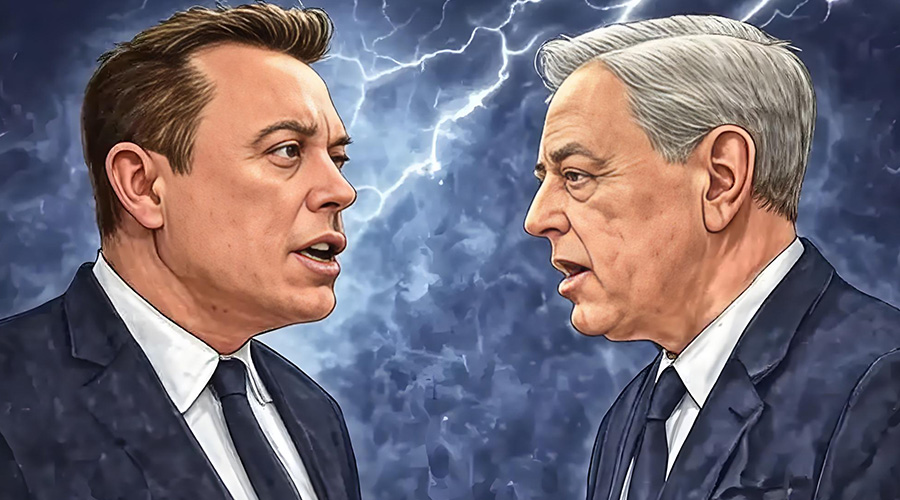Intel should lay off more than 30% of its staff
According to public reports, Intel Corporation(NASDAQ:INTC) announced a 20% workforce reduction (approximately 22,000 employees) in April 2025, marking the largest layoff in its 57-year history and another major restructuring following the 2024 cut of 15,000 positions. As of late 2024, Intel employed 108,900 globally, and this reduction will shrink its workforce back to 2010 levels.
Reasons for the Layoffs
- High Labor Costs and Inefficiency: Bloated bureaucracy transformed the company into what employees called a "retirement home," stifling innovation and agility.
- Financial Struggles: 2024 revenue: $53.1 billion (−2% YoY). Net loss: $18.8 billion—the worst in its 56-year history.
- Strategic Shift: New CEO Lip-Bu Tan is driving organizational flattening, divesting non-core businesses, and refocusing on foundry leadership (Intel 18A/14A process nodes) and AI chip development.
- Competitive Pressures: Lagging behind NVIDIA Corporation(NASDAQ:NVDA) in AI infrastructure. Process technology eclipsed by Taiwan Semiconductor(NYSE:TSM) and Samsung.Necessity to cut costs for competitiveness recovery.
Anticipated Benefits
- Stock Performance: Intel has been among the Nasdaq's worst performers since 2000 and was removed from the Dow Jones Industrial Average. Inefficiency and bureaucracy risked institutional decay.
- Capital Allocation: Despite $90+ billion invested in 18A process R&D (2021–2025), mass production remains delayed versus TSMC.Labor costs accounted for >30% of 2024 revenue—layoffs could drastically improve cash flow.
- Structural Optimization: Proposals suggest deeper cuts (e.g., >30%) to streamline teams, reallocate resources to core businesses (foundry/AI), and accelerate process node advancements critical to reclaiming semiconductor leadership.
This restructuring reflects Intel's existential bet on technical resurgence through fiscal discipline and strategic prioritization amid a fierce AI-era tech arms race.








Comments (0)